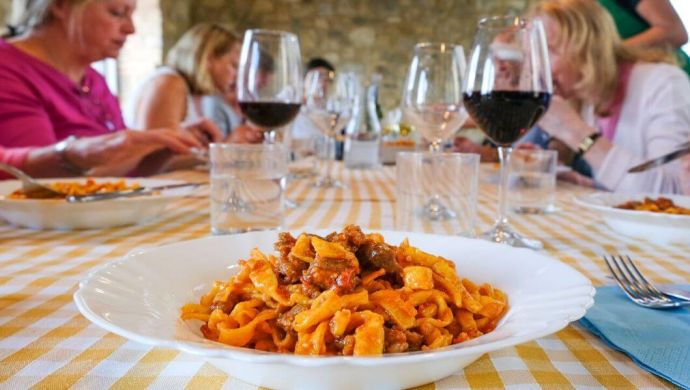
When you think of Italian food, the first thing that comes to mind is probably pasta. But did you know, pasta didn’t actually originate in Italy? We’ve put together a post on the interesting pasta facts you may or may not have known, so read on to find out more about the Italian pasta’s incredible journey into Italian culture!
The word ‘pasta’ is an Italian word meaning ‘paste’, referring to the paste that pasta dough is made from with egg or water and flour. However, before Italian pasta as we know of, was all over the world, pasta was called ‘maccaronaro’. This means ‘kneading dough with energy’. And even before that, pasta was called ‘Itriyya’ in Arab countries to refer to a type of pasta called Vermicelli, which is a long-stringed, flat past.; and called the Latin word ‘lagana’ in Ancient Greece to refer to a type of pasta somewhat resembling Lasagne.
With all these different names, where did pasta originally come from? How did we get the pasta that we so love today?
Where did pasta actually come from?
Would you believe us if we told you that pasta used to be sweet?! Pasta was first brought to Sicily in Italy from the Arabs. This type of pasta was called Itriyya and because of its Middle Eastern origins, the pasta used to have Middle eastern flavours such as raisins and cinnamon!
When pasta was first introduced to Sicily, we always wonder whether the Arabs knew what a pasta revolution they started? Before the Arabs brought over their own type of pasta, it is believed that the Ancient Romans and Greeks ate pasta called ‘lagana’, which is a version slightly similar to our well known pasta called Lasagne. Lending to this theory, during this time a tale arose in Greek Mythology that the god Vulcan pushed dough between a machine to get thin edible sheets of pasta.
Pasta became the staple food in Naples
Luckily for Italy, the durum wheat pasta is well suited to the Italian climate. This was the beginning of the spread of that amazing food we know so well throughout Italy. As pasta was more spread throughout the beautiful country of Italy, the cheaper pasta became for everyone to buy: both the rich and the poor.
In the 17th Century, Neapolitans were known as ‘maccaronaro’ – this word translates to ‘macaroni-eaters’. Both the rich and the poor ate the sweet dish. Before the 17th Century, what we know about pasta is that it was eaten by only the rich, but from the 17th to the 18th Century pasta was known as a staple food in Naples. It was so ingrained in the food culture of Naples that beggars in Naples, named ‘lazzaroni’, were even known to beg for their 4-5 coins a day, only to finish begging when they had enough to get their ‘maccaronaro’ for the day.
To further aid the spread of the amazing staple dish to other cities in Italy, production machines were created. The invention of an Italian pasta machine called ‘torchio’ began in the 17th Century, which helped to spread the famed food far and wide.
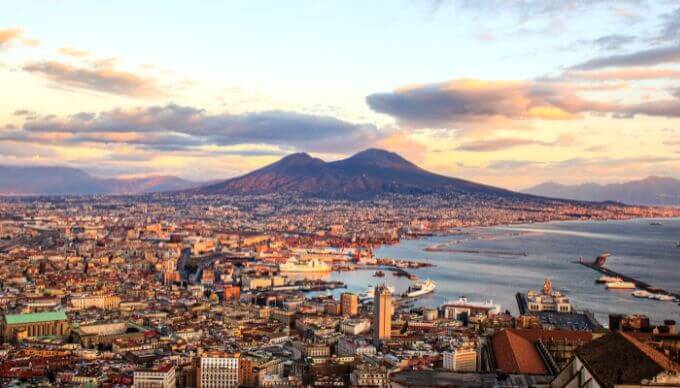
The place that everyone eats pasta, Naples
The start of the Italian pasta journey
During this time when pasta was beginning to spread from Naples to the rest of Italy, Thomas Jefferson, who was the Ambassador to France from the USA, ate his first ‘maccaronaro’. It was love at first mouthful!
He was so captivated by the Italian pasta that on his next trip back to America he made sure to take some back with him, and when he ran out he asked his friends in Naples to send more over! This started the revolution of pasta throughout America. He was so enthralled with pasta that he even invented the pasta making machines in the US.

The Americans have Thomas Jefferson to thank for bringing pasta over to the US
The discovery of ingredients for pasta
Before the 19th Century, tomatoes in Italy were seen as Satanic because they were red. They were also believed to be poisonous. Even though the tomato was introduced to Italy in 1548, the Italians were happy to stick with their traditional vegetables. It wasn’t until new scientific evidence showed that tomatoes actually aided in digestion that Italians started eating tomatoes. Thus began the marriage between tomatoes and pasta! These days, tomatoes are a key ingredient in many Italian dishes.
Our cooking holidays in Italy allow you to experience cooking authentic Italian dishes from scratch. You will find that there are lots of tomatoes used in dishes during your week long holiday!
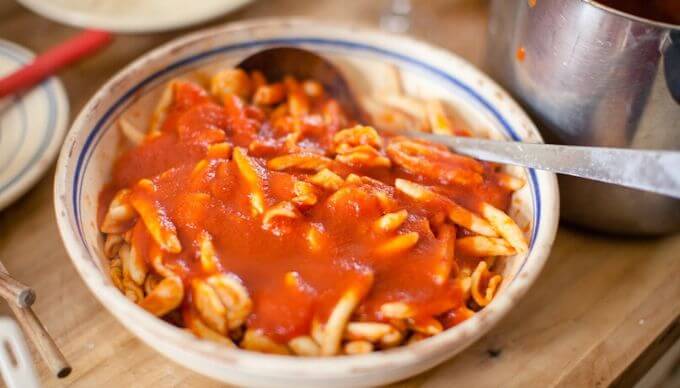
Could you imagine not using tomatoes in your cooking?!
The famous dish is known worldwide
Currently pasta is being mass-produced internationally because of its popularity all over the globe. However, if you want authentic pasta, head to Italy. Italian factories dry pasta for much longer (up to 50 hours) for a better quality pasta. They also give the pasta its unique ridges, using copper moulds, so that they absorb sauce best. An interesting fact is that pasta in Italy, because of this, is much quicker to cook.
In other countries pasta is dried quickly and cut by using steel moulds. This means that pasta does not have those significant ridges and won’t absorb sauce as well as traditional Italian pasta.
According to a study from the Italian Food net, every Italian consumes over 23 kg of pasta each year! Whereas Share The Pasta shares that a study has identified that the average American eats 9 kg of pasta each year. Can you see the significance of pasta to the Italians in these statistics? That is why it is so important that pasta is made authentically in Italy.
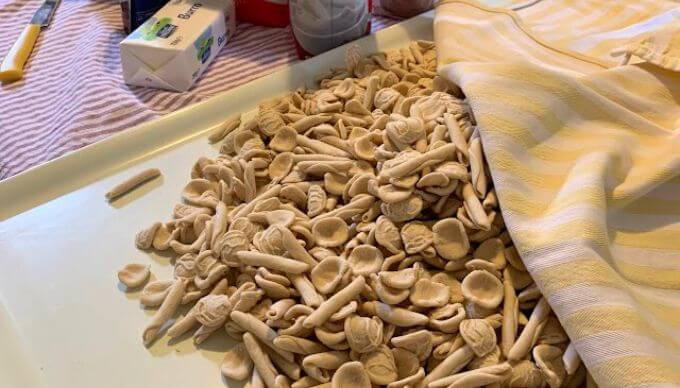
Our guests make pasta from scratch on our cooking holidays, would you enjoy this?
Discover how authentic Italian pasta is made
If this article has intrigued you about authentic Italian pasta, you should join us on a cooking holiday in Italy to make pasta of your own! You will find out how the Italians make pasta and taste the significant difference between the pasta you make from scratch and the pasta you buy back at home from the supermarket.
We hope you enjoyed finding out about the historic pasta facts! Please comment below which fact you learnt about pasta from reading this article.
Originally published 17 Feb 2021 | Updated 4 Nov 2022




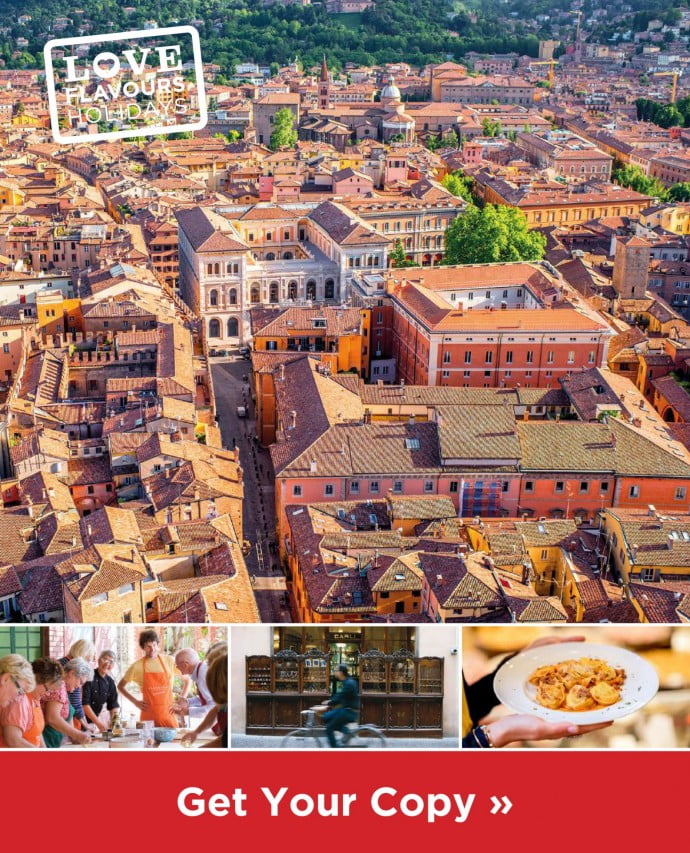



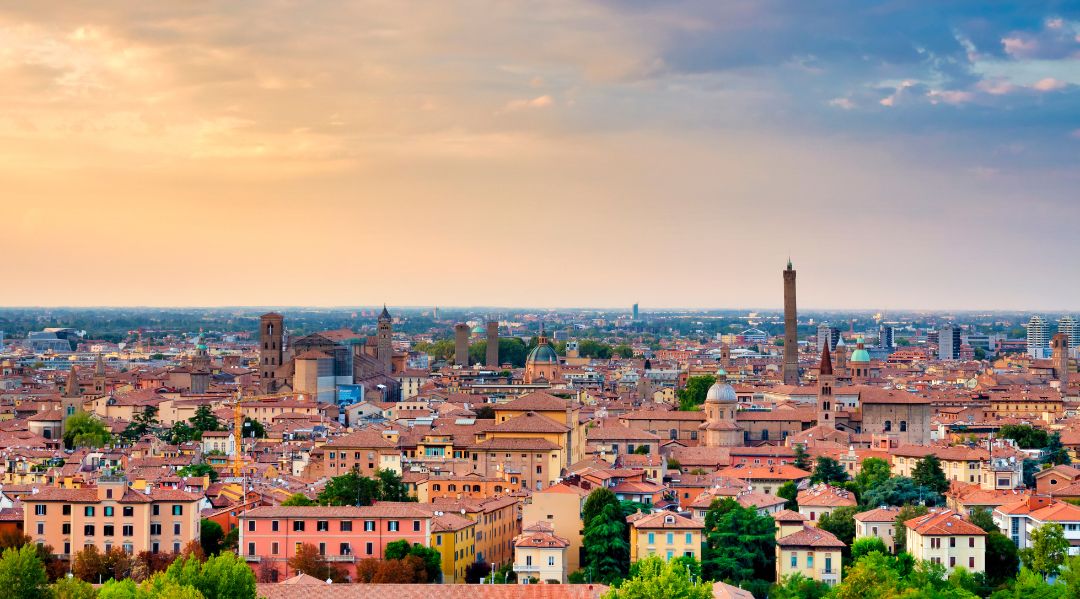
I learned it was originally made in Naples. My family came to America from Cervinara, Italy which is only about 25 miles from Naples. I’ve never made homemade pasta but am absolutely looking forward to giving it a try!
I love pasta and the SAUCE. There is a family feud over whether sauce or gravy. In my Italian language, it is ONLY SAUCE. Gravy is something that goes on meats, poultry. Thank you. Diane M. Virgillo
Your family is correct. All gravies are sauces but not all sauces are gravies. In order to be called a gravy it has to contain a protein. So you can have a red sauce called “gravy” if it has meatballs/sausage in it, but if it’s just tomato sauce, it’s sauce.